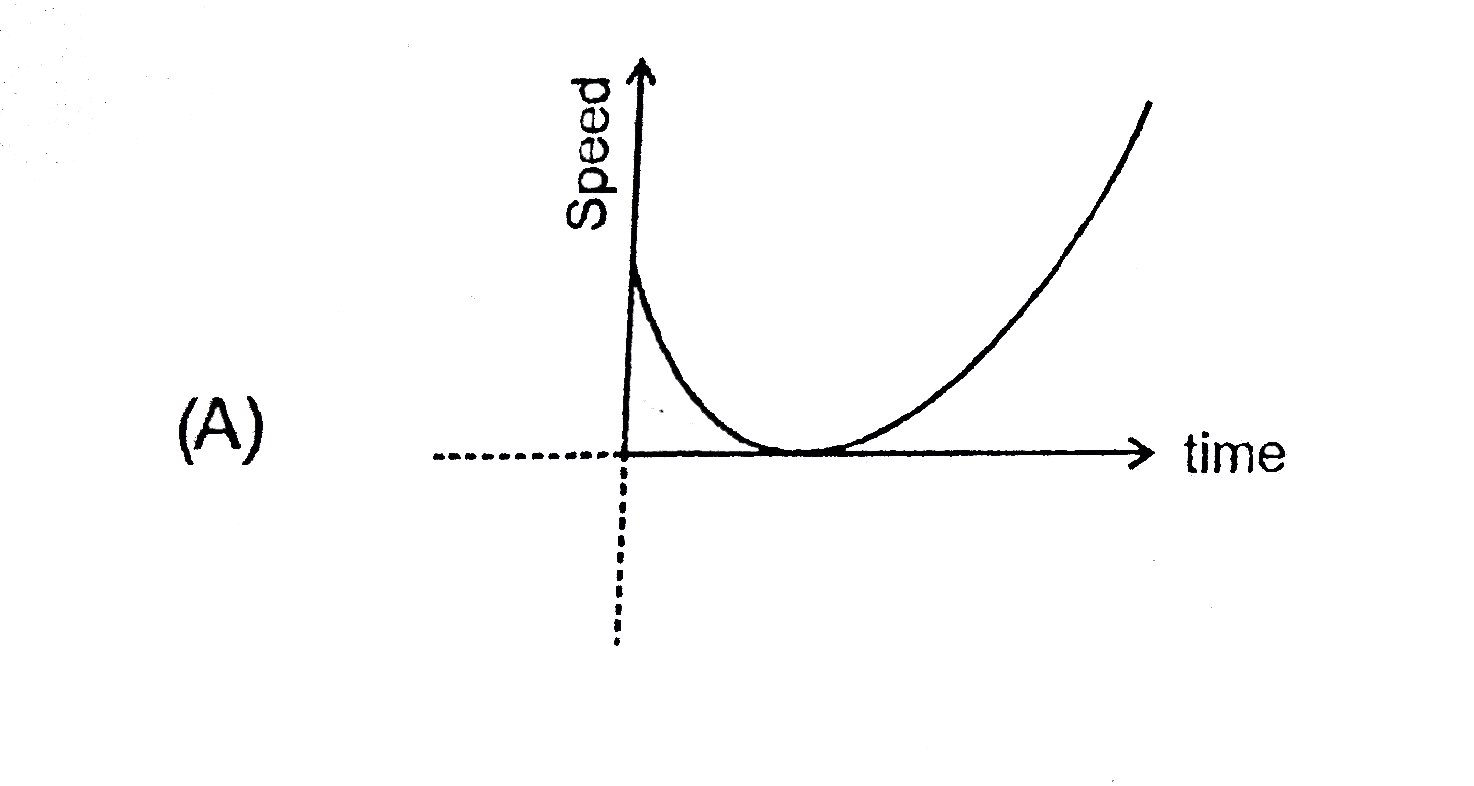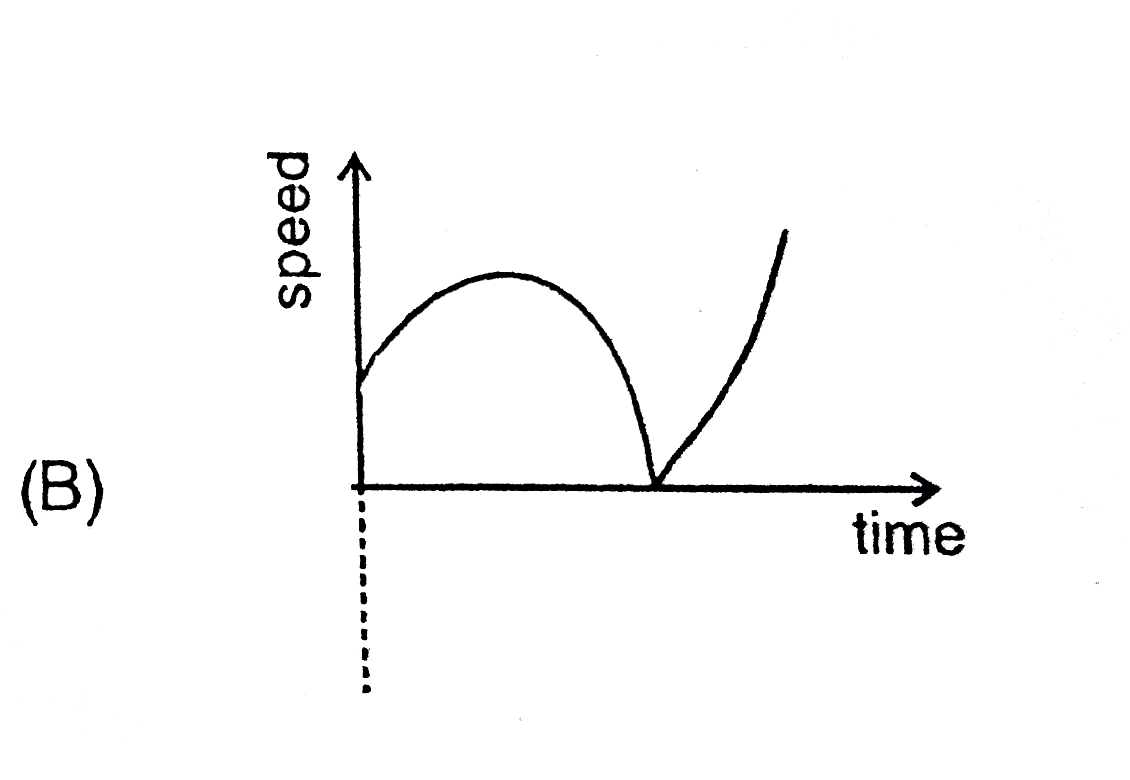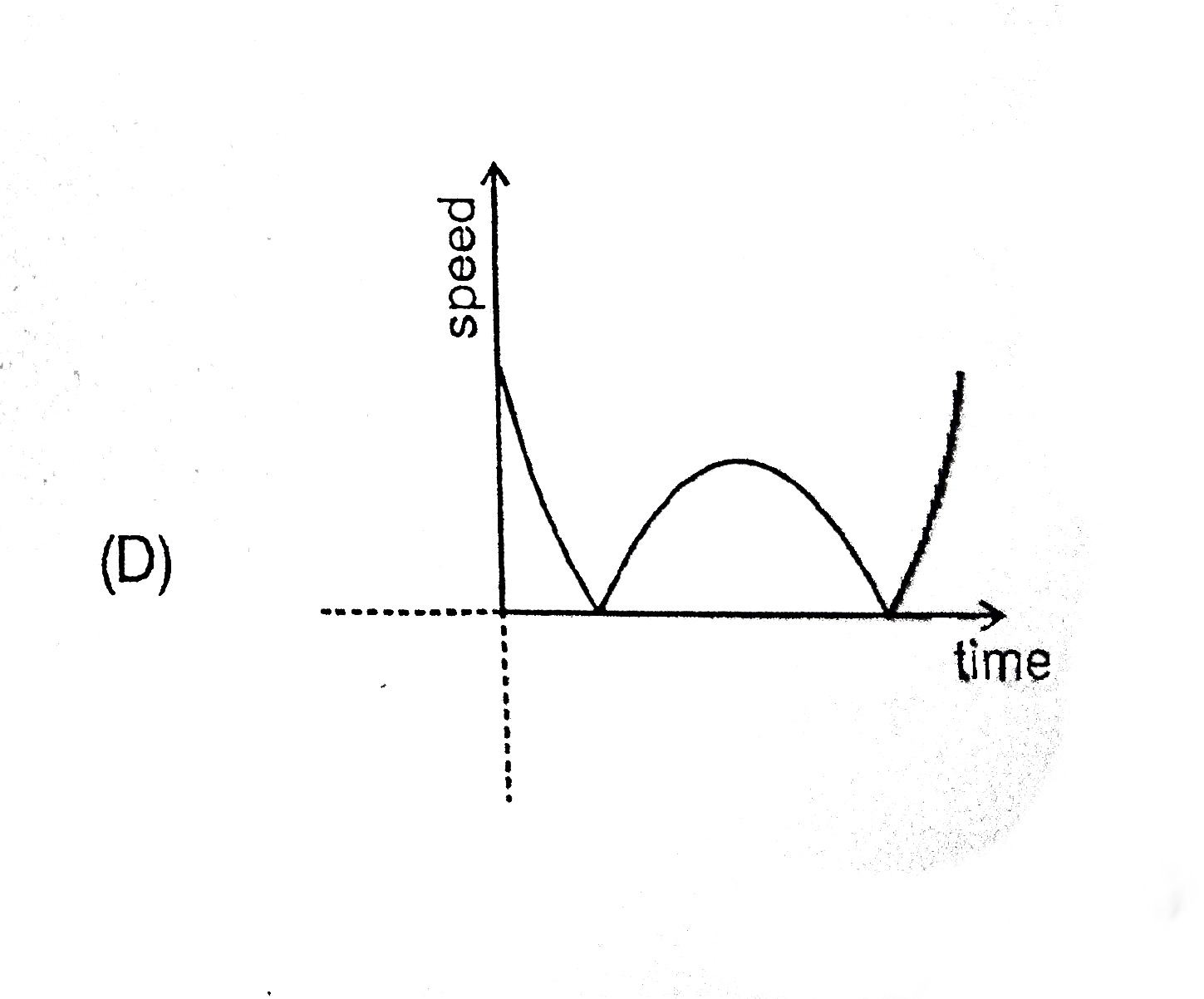A
B
C
D
Text Solution
Verified by Experts
The correct Answer is:
|
Topper's Solved these Questions
DAILY PRACTICE PROBLEMS
RESONANCE|Exercise Dpp no 12 Physics|8 VideosView PlaylistDAILY PRACTICE PROBLEMS
RESONANCE|Exercise Dpp no. 13 physics|5 VideosView PlaylistDAILY PRACTICE PROBLEMS
RESONANCE|Exercise Dpp no 11 physics|6 VideosView PlaylistCURRENT ELECTRICITY
RESONANCE|Exercise Exercise|54 VideosView PlaylistELASTICITY AND VISCOCITY
RESONANCE|Exercise Advanced Level Problems|9 VideosView Playlist
Similar Questions
Explore conceptually related problems
Knowledge Check
A
B
C
D
Submit
A
B
C
D
Submit
A
B
C
D
Submit
Similar Questions
Explore conceptually related problems
RESONANCE-DAILY PRACTICE PROBLEMS-Compreshension
- A particle moves along x- axis. It's velocity is a function of time ac...
05:32
|
Playing Now - A particle moves along x- axis. It's velocity is a function of time ac...
02:55
|
Play - A particle moves along x- axis. It's velocity is a function of time ac...
02:33
|
Play - For the following system shown assume that pulley is frictionless, str...
06:55
|
Play - For the following system shown assume that pulley is frictionless, str...
06:55
|
Play - For the following system shown assume that pulley is frictionless, str...
06:55
|
Play



